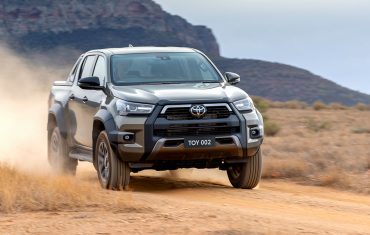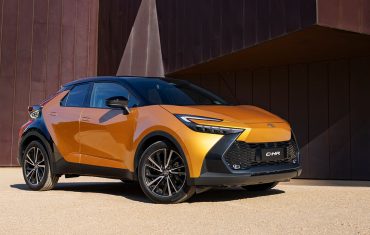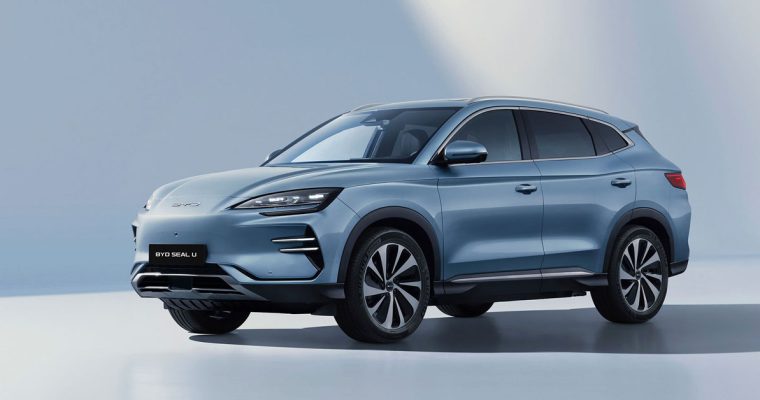
The seven electric cars you need to know about in 2024
For driversThis year will be a milestone for the electric car with more than 30 new EV models set to arrive in Australia over the next 12 months.
And there’s (almost) something new to suit every application, from affordable city-sized runabouts to high-end executive limousines, flexible family SUVs and light commercial vehicles.
Some will continue pushing the boundaries of new technology, while others will aim to further democratise zero-emission mobility by closing the disparity in price between EVs and conventional vehicles with internal combustion engines. And many will break new ground for individual brands as they catch up to rivals and join the battery-powered revolution.
So, here are seven of the most significant new electric cars that are set to arrive in Australian showrooms this year.
1. Toyota bZ4x/ Subaru Solterra
Toyota has been at the forefront of battery-powered vehicles for longer than any other car maker through its wide range of hybrids but is only now jumping into the fully electric deep end with its first dedicated EV, the oddly named bZ4x, which is due to arrive in Australian showrooms this year.
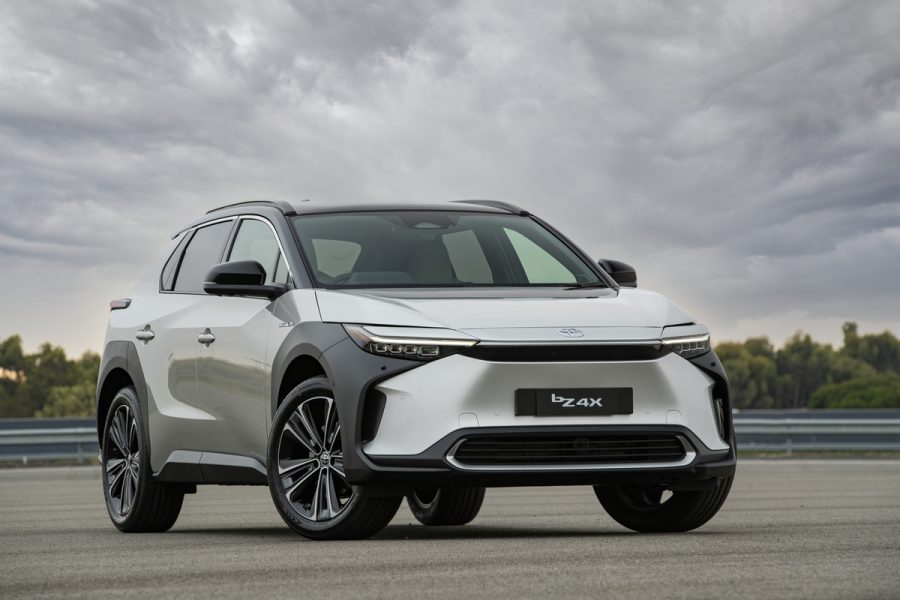
The mid-sized, five-seater SUV doesn’t break any new ground on the EV landscape but will continue to offer fleet customers Toyota’s hallmark reputation for quality and long-term reliability.

The bZ4x will be offered with the choice of powertrain configurations – in either front-wheel drive with 150kW of power or a dual-motor set-up with all-wheel drive and 160kW – with a 71.4kWh battery pack that provides 516km and 470km of driving range respectively. It is expected to cost from around $70,000 when it arrives in Australian showrooms in the first half of the year.
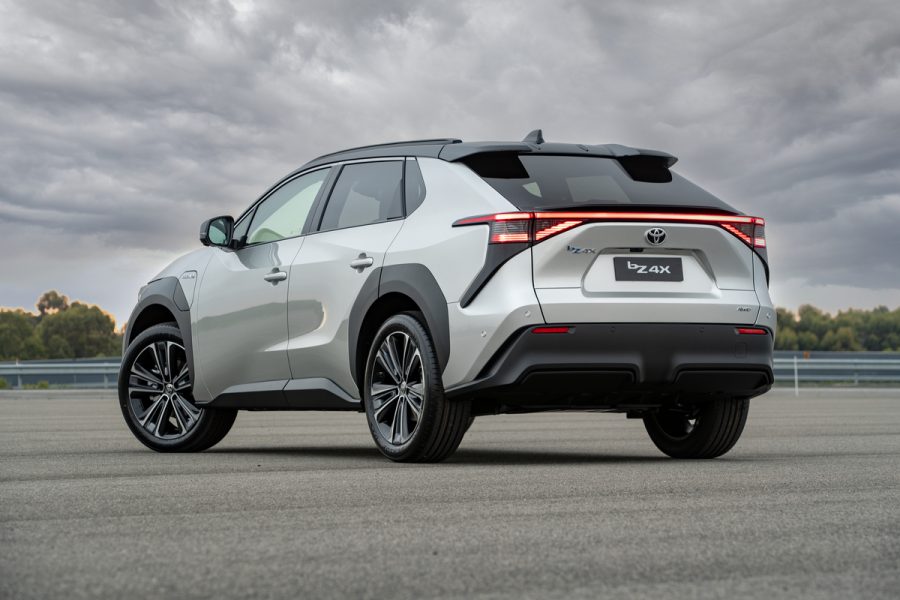
The bZ4x has been jointly developed alongside the Subaru Solterra, which is virtually identical in its exterior design. It will go on sale before its Toyota twin but will be exclusively offered with the dual-motor, all-wheel drive set-up and priced from $77,990 (plus on-road costs).
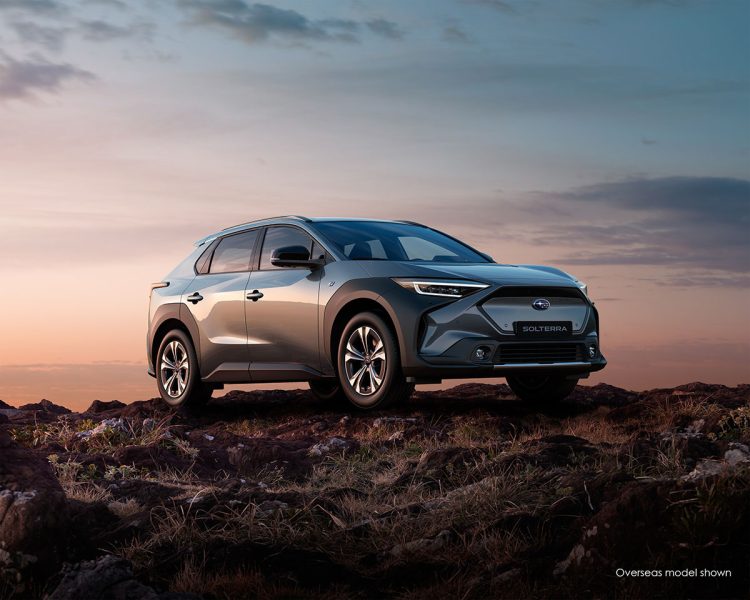
2. Volkswagen ID. 3/ID. 4/ ID. 5/ ID. Buzz
It’s a significant step into new territory for Volkswagen this year as well, with the long-awaited arrival of its ID. family of dedicated electric vehicles.
The German brand is set to launch four key EV models in 2024, starting with the ID.4/ID.5 mid-sized SUV twins in the middle of the year followed by the smaller ID.3 hatch and the retro Kombi-inspired ID. Buzz people mover and ID. Cargo van.
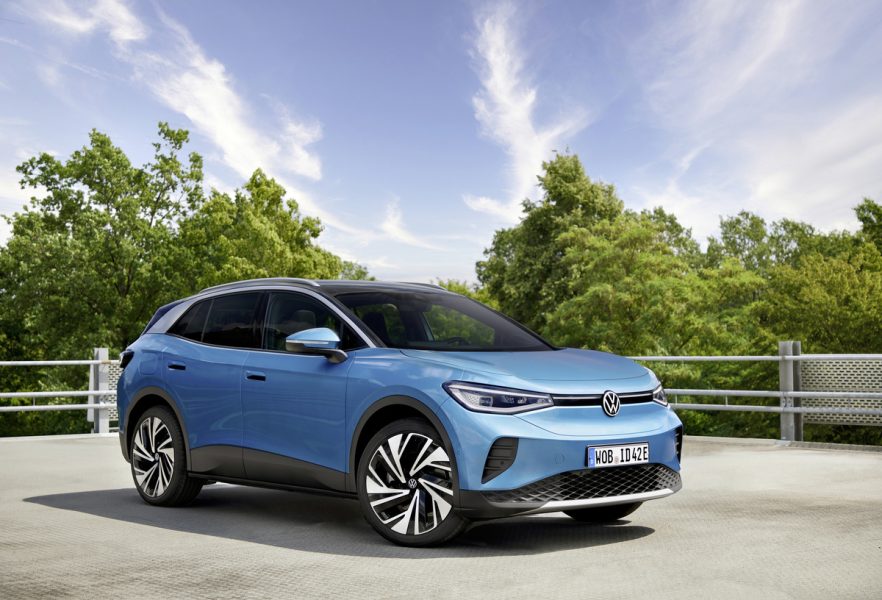
All four models are closely related to each other under the skin as they share the same fundamental architecture and use variations of the same electric motors and batteries.
The ID.4 and ID.5 are positioned as mid-sized SUVs (the 4 has a more conventional wagon-style body while the 5 has a sportier coupe-like rear-end) and will be offered with the choice of either 210kW single-motor, rear-drive or 250kW dual-motor, all-wheel drive configurations with a 77kWh battery that provides up to 556km of driving range.
Prices are expected to start at around $75,000 for the entry-level ID.4 with ID.5 models commanding a small premium for the sportier character. Both are due in Australian showrooms by the middle of 2024.

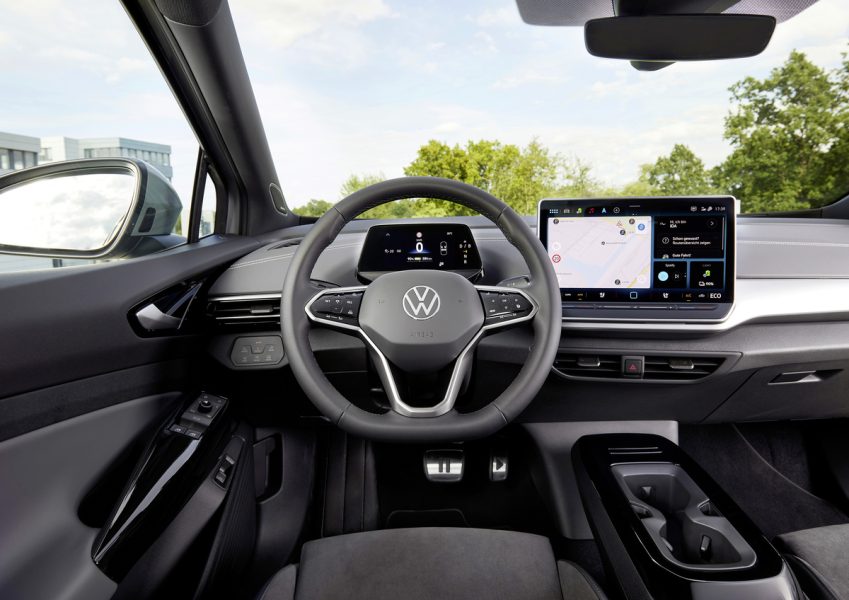
Volkswagen Australia has yet to confirm an exact arrival for the smaller ID.3 hatchback but is pushing to have it here before the end of the year thanks to an accelerated mid-life facelift that brought numerous improvements to the small hatchback.
In Europe, all variants of the ID.3 have a rear-mounted electric motor that produces 150kW and 310Nm, but entry-level models have a 58kWh battery (that’s good for 428km) while higher-grade versions have a larger 77kWh battery that can provide up to 559km of range.
It is expected that Volkswagen will position the ID.3 in the middle of its Golf line-up, between the mainstream and GTI and R-badged performance variants, with a starting price around the mid $50k bracket.
The Kombi-inspired ID. Buzz – and the work-ready ID. Cargo van – has been confirmed to land in Australia before the end of the year, and will bring with it a sense of retro-infused style to the people mover and commercial van segments.

The ID. Buzz will be offered in short-wheelbase (five-seat) and long-wheelbase (seven-seat) configurations while the ID. Cargo will only be offered as a short wheelbase version with a 650kg payload and a standard load partition between the cargo area and the cabin, which can be equipped with either two conventional bucket seats or a three-person bench.
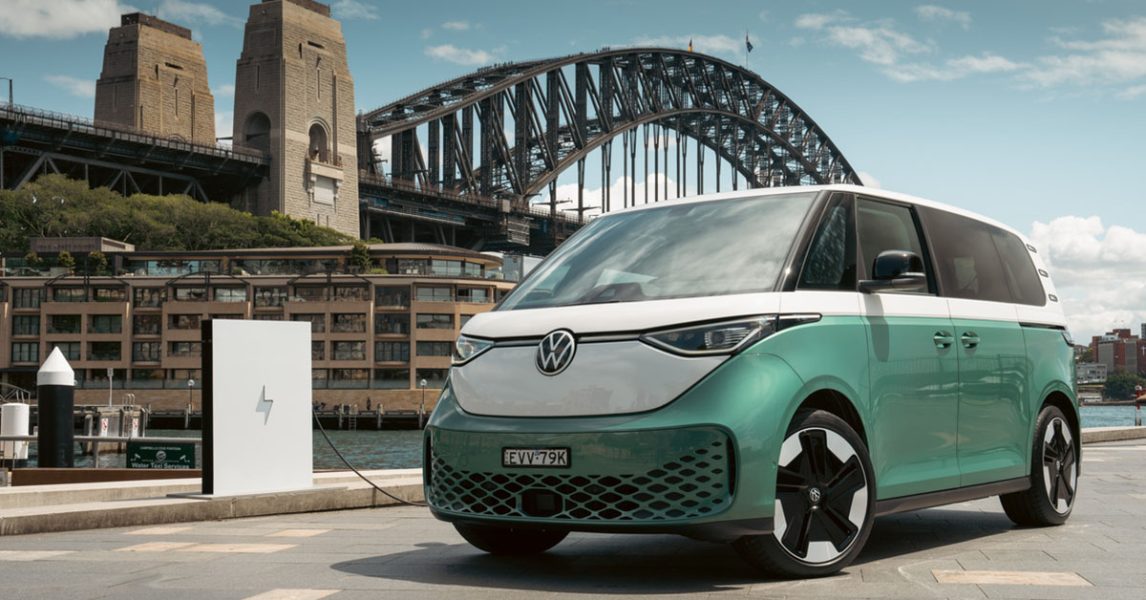
The ID. Buzz range is expected to start at around $100k.
3. Volvo EX30 / EX90
Volvo is charging towards a fully electrified future, claiming that its entire range of vehicles will be dedicated EVs by 2026.
It has already made significant progress towards that goal with highly acclaimed models like the C40 and XC40 Recharge SUVs.
It will sandwich those soft roaders in 2024 with the arrival of the EX30 SUV that will be positioned underneath and the full-size EX90 above them, both of which will be exclusively available as fully electric vehicles.
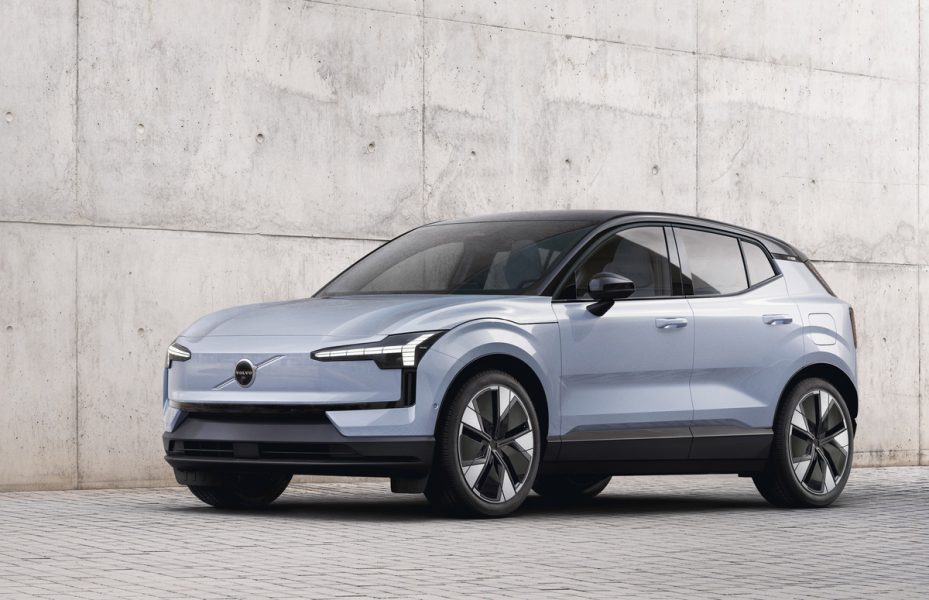
The EX30 will arrive before the end of the year with the choice of three variants – two single-motor models and a dual-motor flagship – each powered by a 69kWh nickel-manganese-cobalt battery pack that delivers up to 480km of driving range.
It will cost from $59,990 (plus on-roads) for the entry-level Single Motor Extended Plus with incremental $5k premiums for the mid-range Single Motor Extended Ultra and the range-topping Twin Motor Performance Ultra.
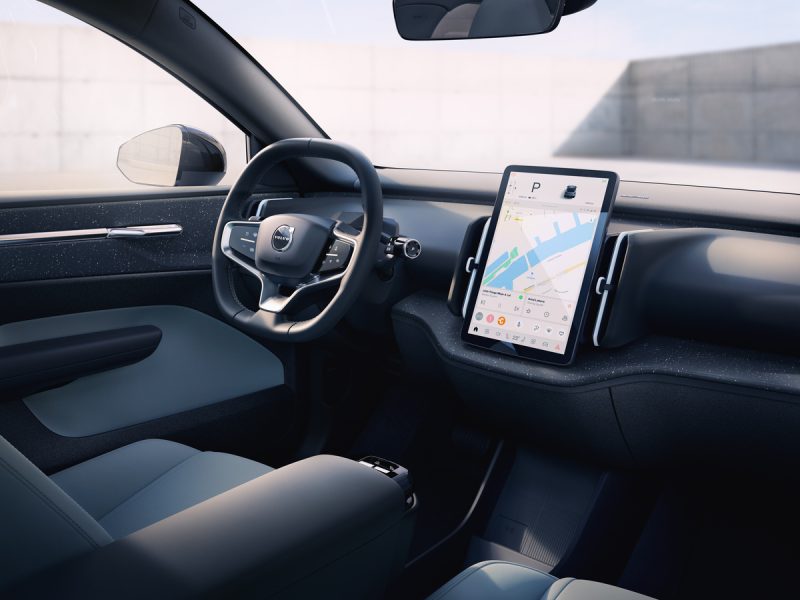
At the other end of the scale, Volvo has yet to confirm full local specifications and pricing for the seven-seat EX90 but it is expected to be in showrooms before the end of the year. It will be offered exclusively with a twin motor set-up that delivers 380kW of power and 910Nm of torque to all four wheels and is powered by a 111kWh battery pack that provides up to 600km of driving range and offers bi-directional charging, allowing owners to tap into the stored electricity to recharge other electric vehicles, power electrical appliances in remote locations or provide electricity to households in a blackout.
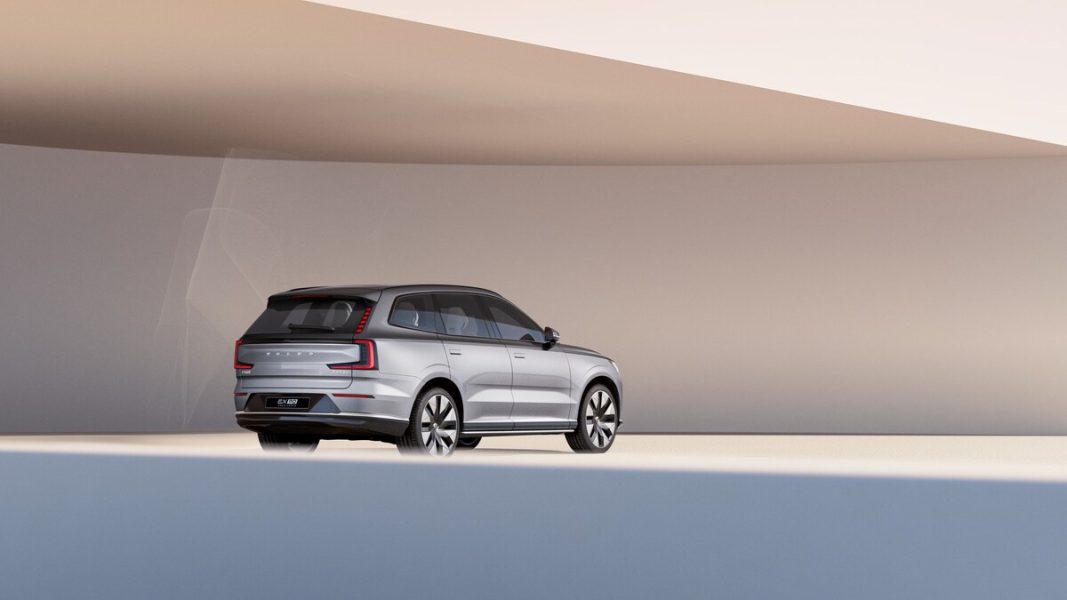
The EX90 also comes equipped with cutting LiDar sensors that Volvo claims will “future-proof” the vehicle for fully autonomous driving when regulations are approved for hands-free motoring.
4. Skoda Enyaq
Following closely in the wheel tracks of its parent brand Volkswagen, Skoda will also join the growing league of electric cars in 2024 with its Enyaq mid-sized SUV twins.
Closely related to the VW ID. 4 and ID. 5, the Enyaq will be offered in two body styles – a conventional wagon and a four-door coupe-style soft roader – and in two distinct characters, standard and sporty RS.
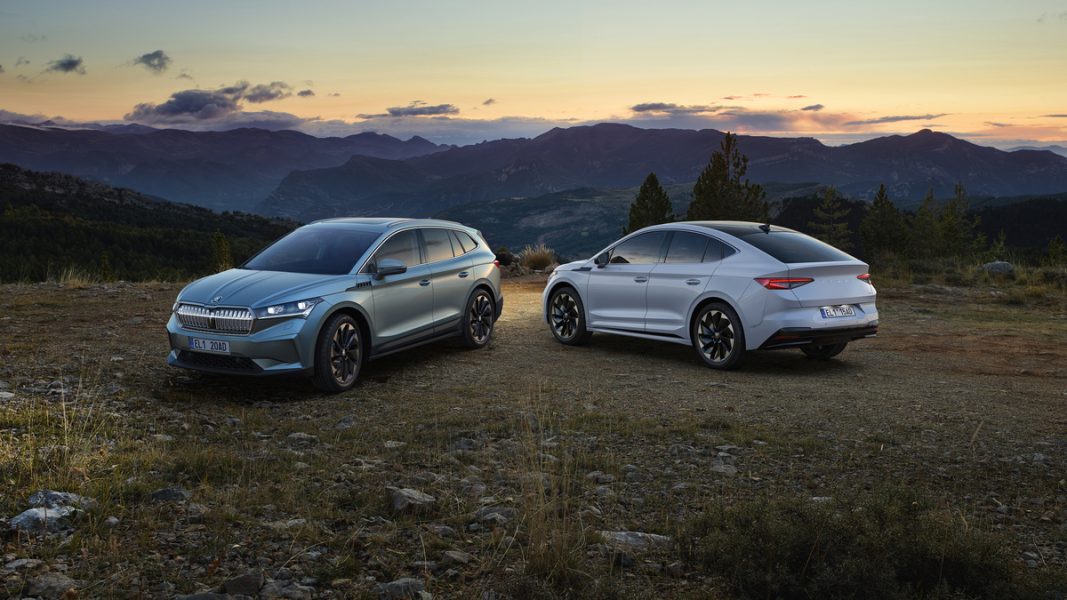
Standard Enyaq models will come with a rear-mounted 210kW electric motor while RS versions will have a dual-motor configuration with 250kW.
All feature the same 77kWh battery pack that provides between 547km and 576km of driving range, depending on the specific variant.
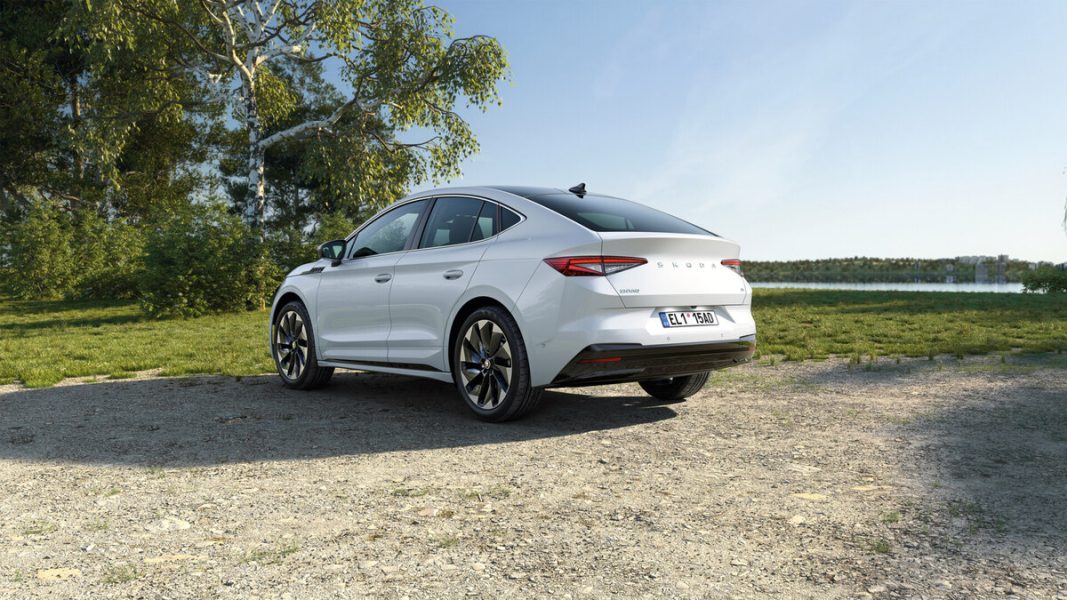
The Skoda Enyaq is due to arrive in Australian showrooms shortly after Volkswagen launches the ID.4/ID.5 twins in the middle of the year with pricing expected to mirror that of the VW with the entry-level Enyaq wagon starting in the mid-to-high $70k bracket.
5. Kia EV5
One of the most significant new EVs to arrive in Australia this year is the Kia EV5, a mid-size family SUV that has the potential to be a real game changer in one of the most popular vehicle segments.
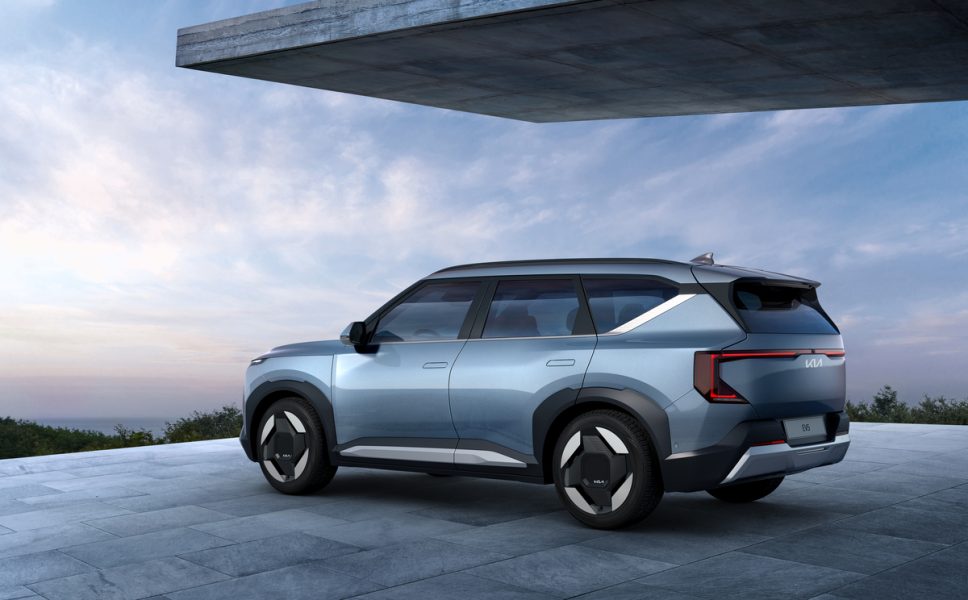
The EV5 is set to join Kia’s acclaimed line-up of electric cars, slotting in below the EV6 sedan and the recently released EV9 seven-seat SUV. While mimics the EV9’s bold and boxy styling, it is likely to cost at least half as much as its big brother and offer a fully electric alternative to hybrid versions of popular rivals such as the Toyota RAV4 Hybrid, Honda CR-V and even Kia’s own upcoming petrol-electric Sportage.
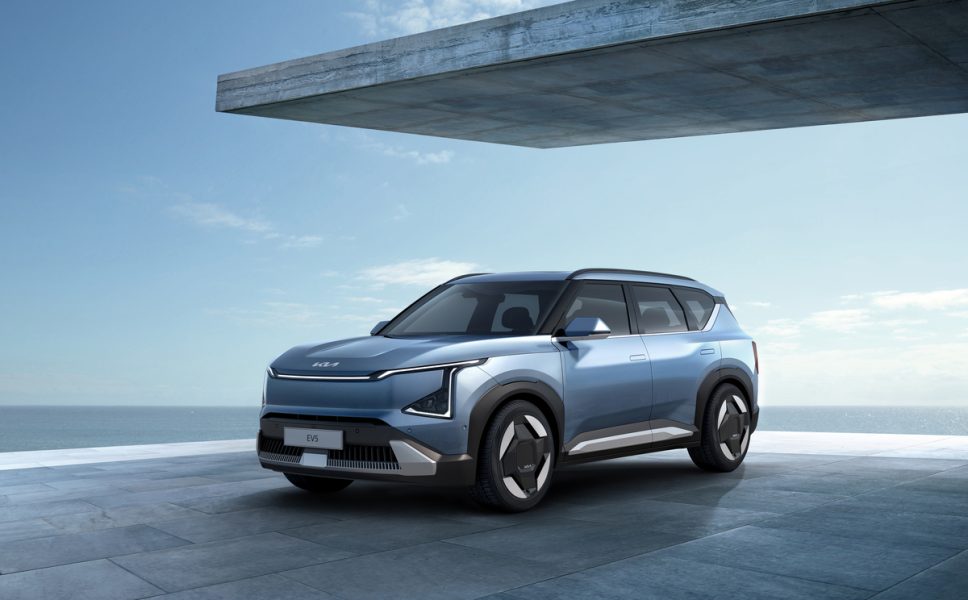
That’s because Australian versions of the Kia EV5 will be built in China – rather than South Korea – which will not only provide Kia with a strong supply chain but a more affordable entry point (at around $50k) thanks to the use of lower-cost Lithium Phosphate Battery technology with 400V charging (rather than the 800V systems in the EV6 and EV9) shared with Chinese brand BYD.
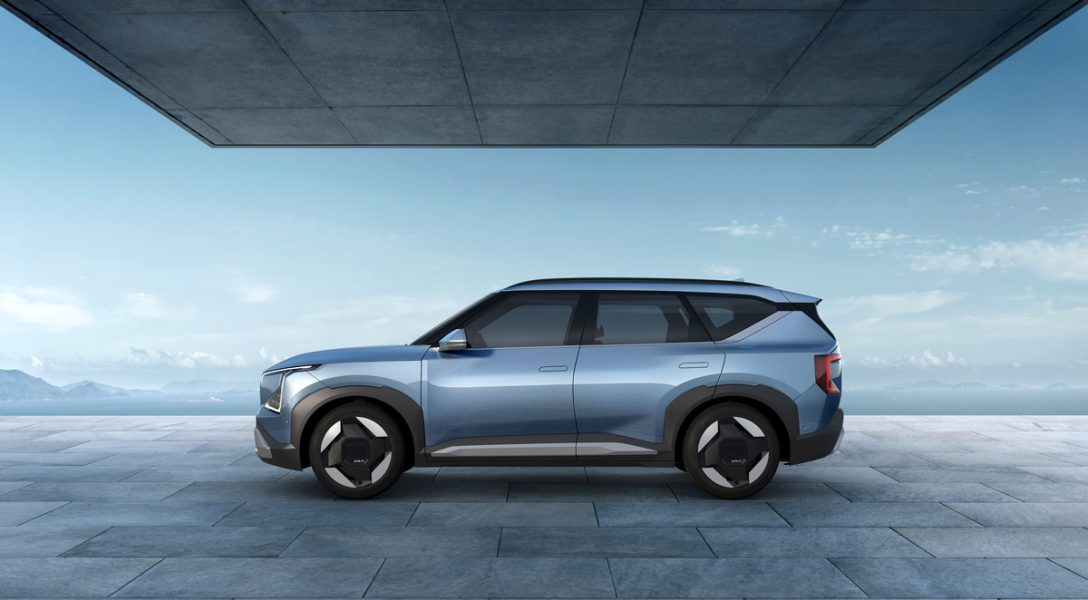
Local specifications have yet to be confirmed for the EV5, which is due in Australia in the second half of the year, but it is expected to be offered with the choice of 160kW single-motor, front-wheel drive and 230kW dual-motor, all-wheel drive configurations and two battery capacities: a 64kWh unit in base-level trim and 88kWh in Long Range variants.
6. BYD Seal U / BYD ute
Speaking of affordable, Chinese-built SUVs, BYD is set to build on its range of dedicated electric vehicles in 2024 with a high-riding, wagon version of the Seal sedan that launched in local showrooms at the end of last year.
Set to be called the Seal U and positioned above its top-selling BYD Atto3, the mid-sized soft roader is expected to undercut the top-selling Tesla Model Y.
Although BYD’s Australian importer has yet to outline details of the Seal U, prototype models have been caught testing in Australia in recent months suggesting an imminent arrival.
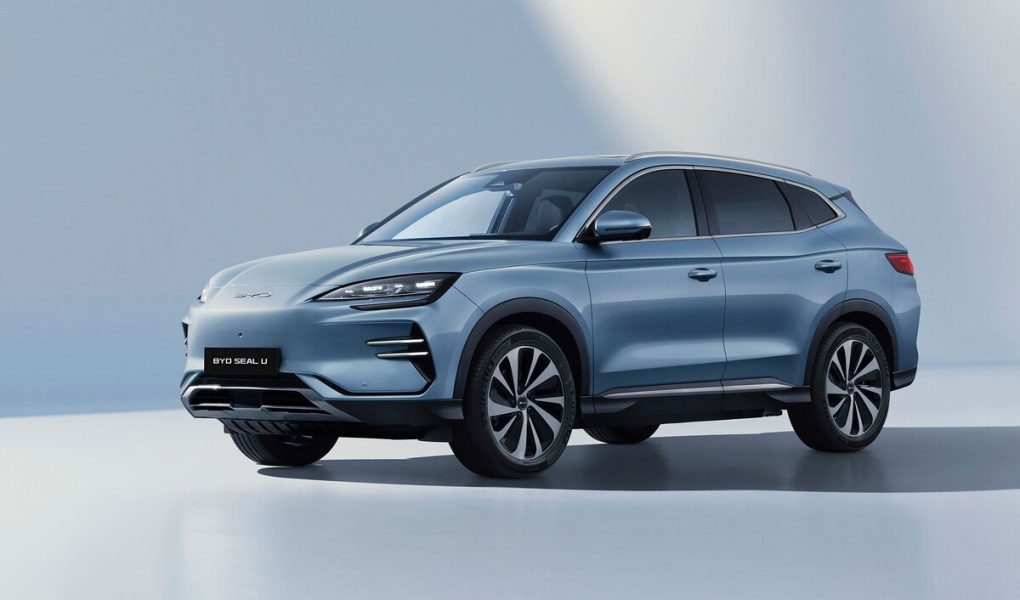
In the similarly right-hand drive UK market, where the vehicle has been confirmed to go on sale, it is offered exclusively with a single-motor, rear-wheel drive set-up producing either 150kW and 310Nm when paired with 72kWh battery or 160kW and 330Nm with the longer range 87kWh battery. BYD claims the Seal U has a driving range of between 420-500km depending on the battery capacity.
More interestingly, BYD has also confirmed that is in the final development phase of its first dual-cab 4×4 ute, which will arrive in Australia later this, starting with a plug-in hybrid powertrain and followed by a fully electric version in 2025.
Few details are known about the BYD ute, including its name, but a BYD spokesperson said the company is aiming for a sub-$100k price tag and the order book is due to open in the first half of the year, indicating it be revealed at the Beijing Auto Show in late April.
7. Ford E-Transit Custom
On the subject of commercial vehicles, this year is set for a massive influx of battery-powered vans, including the next-generation Ford E-Transit Custom.
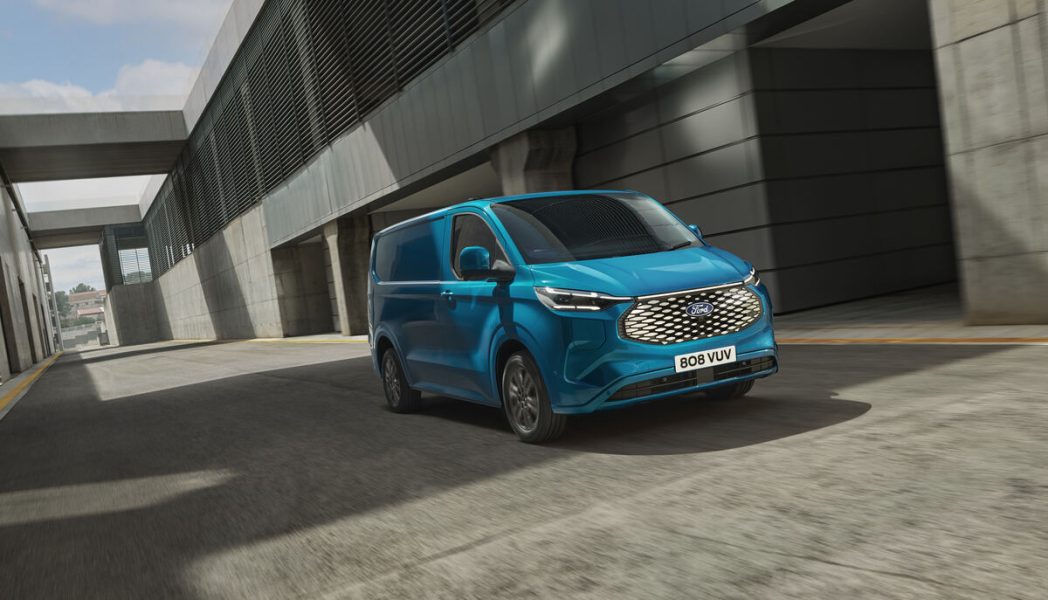
Sitting below the larger E-Transit already on sale in Australia, the E-Transit Custom mid-sized van has been co-developed alongside the all-new Volkswagen Transporter range and will arrive in local showrooms by the middle of the year.
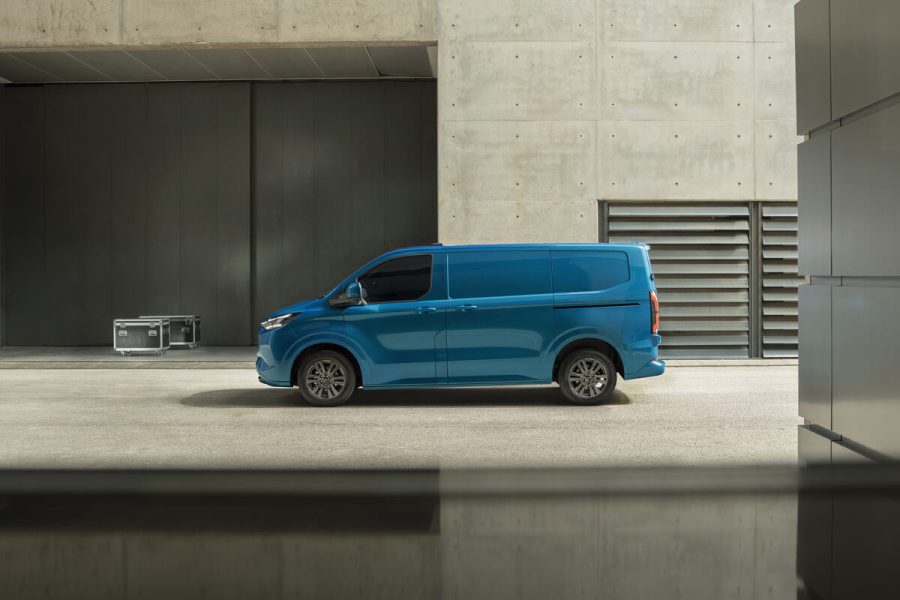
It is expected to be offered in two-wheelbase configurations and with a choice of standard or high-roof bodies. All variants will be powered by a 160kW/415Nm electric motor driving the rear wheels and have a 75kWh battery pack that can deliver up to 380km of driving range.
Ford is likely to offer a myriad of clever loading and storage solutions for the E-Transit, and all models will come equipped with a comprehensive suite of advanced safety systems and the latest in connectivity.
Cadillac Lyriq
At the other end of the spectrum – and one for the top brass in the corner offices – Cadillac has announced it will return to Australia in 2024 as a dedicated luxury electric vehicle brand.
The iconic American brand will establish a fixed-price model and online sales channel, alongside two flagship retail locations (one in Sydney and another in Melbourne) to challenge established European luxury brands like Mercedes-Benz, BMW, Audi and Jaguar.
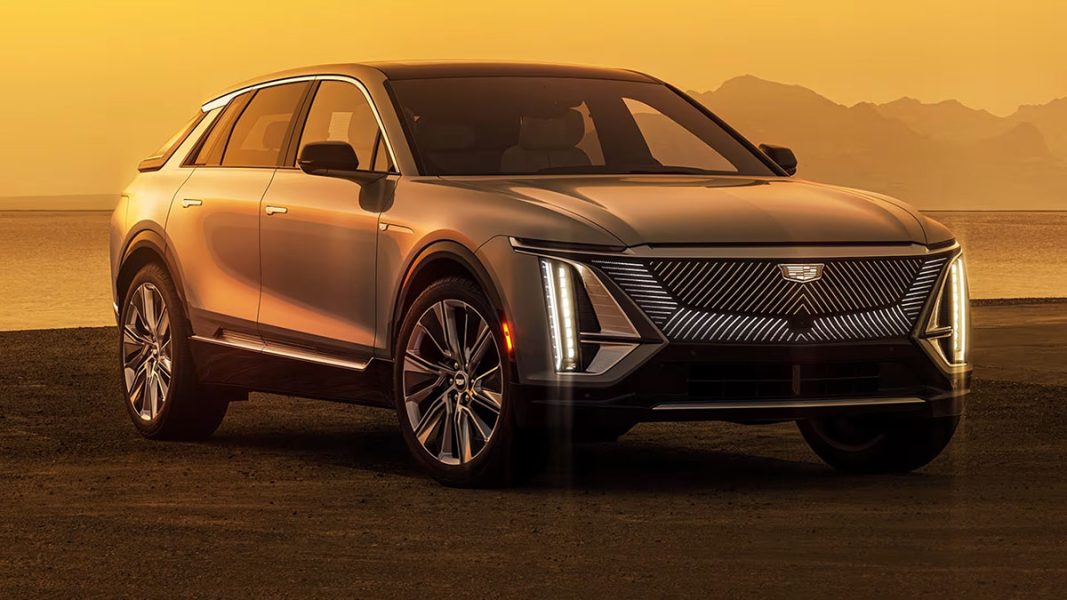
It will launch with the Lyriq, a large, five-seat SUV to rival the likes of the Mercedes EQC and BMW iX that will be exclusively available with a 373kW/610Nm dual-motor configuration powered by a 102kWh battery pack that should deliver more than 500km of driving range.
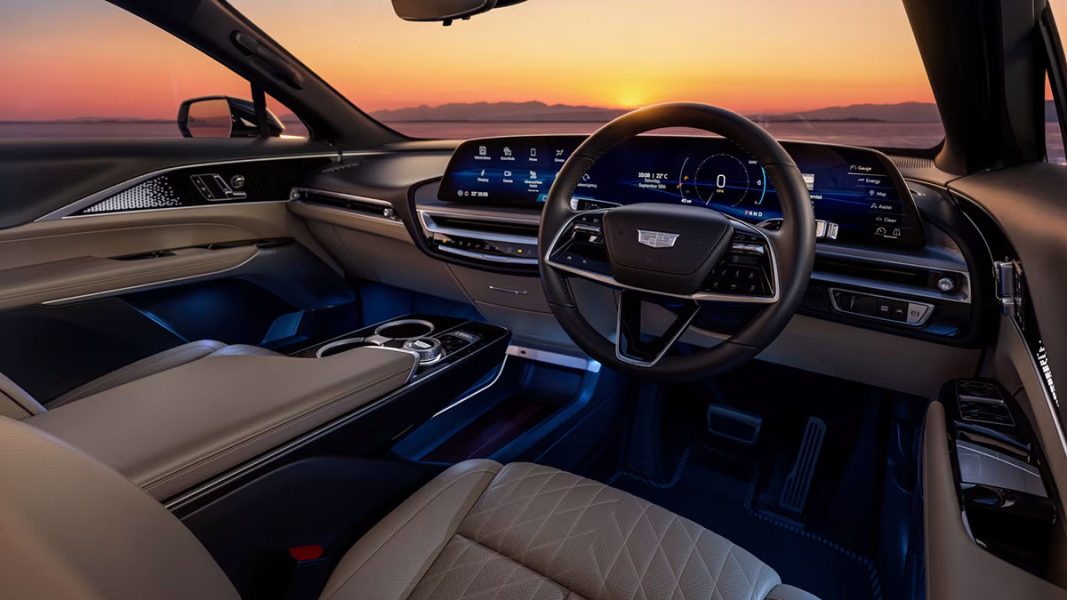
The Lyriq will be fully loaded with the latest in safety technology, luxury conveniences and connectivity features, including a 33-inch, 9K resolution widescreen digital display, and is expected to cost from around $140,000 when it goes on sale in the middle of the year.
Speak to SG Fleet for more information to help you decide if, when and how electric cars will become a key part of your business mobility.
 Driving Insights
Driving Insights


